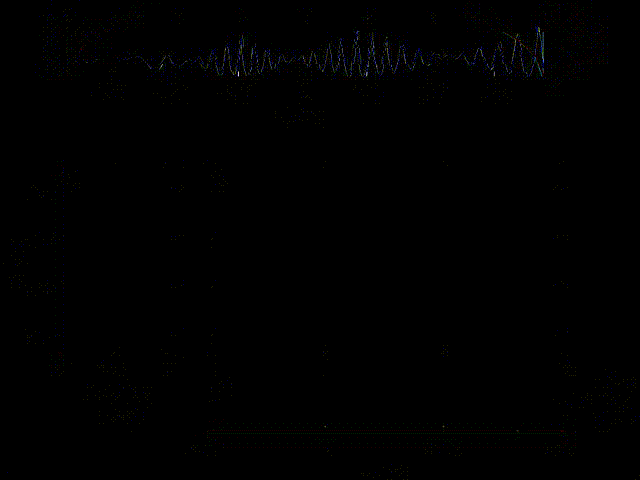Attosecond pulse shaping using partial phase matching
Introduction
Femtosecond pulse shaping enables the synthesis of coherent, customized, and broadband bursts of optical light. These are used to selectively excite and probe atoms and molecules, or to compensate for the dispersion of complex optical setups enabling the production of optimally compressed transform limited pulses. In the attosecond regime, the pulses are in the extreme ultraviolet spectral region and established techniques for optical wavelengths are currently unavailable.
Whilst in the Biegert group at ICFO, I proposed a technique for in-situ arbitrary shaping of attosecond pulses produced by high-harmonic generation (HHG). It is based on HHG using partial phase matching (see here and here). In partial phase matching, a longitudinal phase mismatch is deliberately introduced (by e.g. tuning the gas pressure) between the oscillating source and the freely propagating harmonic radiation. This phase mismatch is overcome by modulating the generation process longitudinally, achieving quasi-phase matching. In the proposed scheme, the longitudinal modulation is programmable and can be varied along the propagation axis. Thus different frequencies can be quasi-phase matched at different positions. The differing group velocities of the source and propagating harmonics lead to a mapping of longitudinal position to group delay. The effect is analogous to a Dazzler, a device for optical pulse shaping.
Production of a transform limited attosecond pulse
The following movie illustrates the idea. We generate a transform limited attosecond pulse, free of the intrinsic attosecond chirp of HHG. The top panel (a) shows the driving laser pulse (vertical black line) propagating through the gas medium (density in red) with the intensity of the counterpropagating field shown in blue. The period of the intensity modulations encountered by the driving pulse decreases during propagation, which means that the quasi-phase matched photon energy also decreases. The local dipole emission is plotted in the time-frequency domain in panel (b). Its tilt reflects the attosecond chirp. When the counterpropagating field is strong, dipole emission is suppressed, so the dipole emission appears to flicker. The generated harmonics are shown in red. Since the group velocity of the dipole emission (which equals the phase velocity of the driving laser pulse) is slower than the group velocity of the generated harmonics, it appears to fall behind (i.e. the blue moves to the right). The decreasing quasi-phase matched photon energy exactly compensates this, so that the generated harmonics are transform-limited – they are vertical lines in the time-frequency domain.

Double attosecond pulse generation – XUV pulse shaping
We can take this idea further and apply more complex shapes to the counterpropagating pulse. The movie below shows the generation of a double attosecond pulse (both transform limited) which could be useful for tailoring core or Raman excitations. The process is similar to the single pulse case, except that the envelope of the counterpropagating pulse train is itself modulated. Both the delay and relative phase of the two sub-pulses can be tuned with this method.
